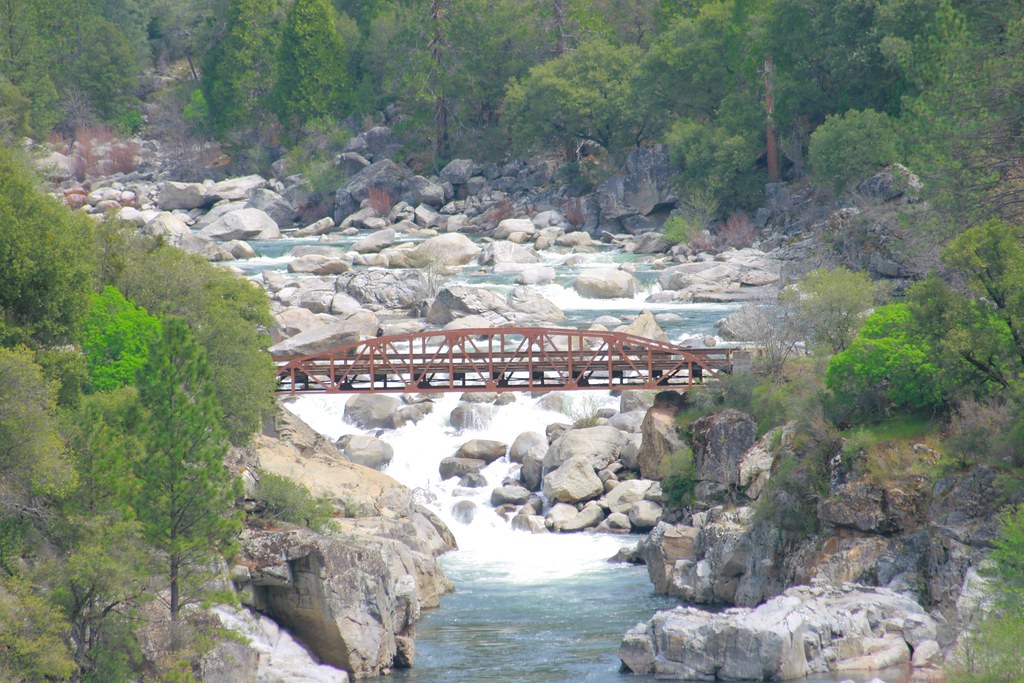By 1933, CCC was made up primarily of young men ages 18-23 (250,000), but also had a sizable share of veterans (28,000) and American Indians (14,000). A separate division of the CCC was created for American Indians, the Indian Emergency Conservation Work (IECW). Despite this, the Democrat control of Congress ensured racial segregation in the CCC, meaning that whites and blacks did not work side by side. Many all-black CCC camps were created, and some camps in the North were integrated. This however, did not stop African Americans from enlisting in the CCC, and nearly 200,000 did so over the CCC's existence. By 1936, black enrollment reached 10%, a figure very close to the percentage of blacks in the total population. Most corpsmen stayed in the corps for 6-12 months. The primary goal of the CCC, as its name suggests, was the conservation of the environment. The organization planted close to 3 billion trees throughout the United States during its 10 year existence.
 In California, the CCC built campground and created trails around Lake Tahoe. They also improved the Pinnacles National Monument grounds, and served as tour guides in the caves. The CCC's most significant contribution in California might be Sequoia National Park, where workers built 60 miles of road, created 200 campsites, and maintained the forest. Near Yosemite, the CCC build the Lumsden Bridge (pictured to the right), which still stands to this day
In California, the CCC built campground and created trails around Lake Tahoe. They also improved the Pinnacles National Monument grounds, and served as tour guides in the caves. The CCC's most significant contribution in California might be Sequoia National Park, where workers built 60 miles of road, created 200 campsites, and maintained the forest. Near Yosemite, the CCC build the Lumsden Bridge (pictured to the right), which still stands to this dayThe CCC declined as a result of World War II. It was never a permanent program, and following the start of the draft in 1940 and American involvement in 1941, the CCC declined in favor of the war effort. The program was de-funded a year early in 1941. Following the official demise of the CCC, some camps remained open until 1947 and continued doing conservation work.
Sources:
http://www.history.com/topics/civilian-conservation-corps
http://www.ccclegacy.org/ccc_legacy.html
http://www.pbs.org/wgbh/americanexperience/features/map-widget/ccc-map/
This is a very interesting post. It is interesting to see what FDR chose for federal relief agencies to work on. It could either be because of a passion for conservation, like Theodore Roosevelt, or it was just an efficient project to employ people for. It would be interesting to understand FDR's motives for this.
ReplyDelete